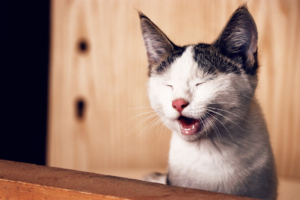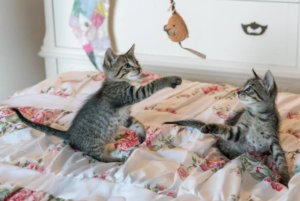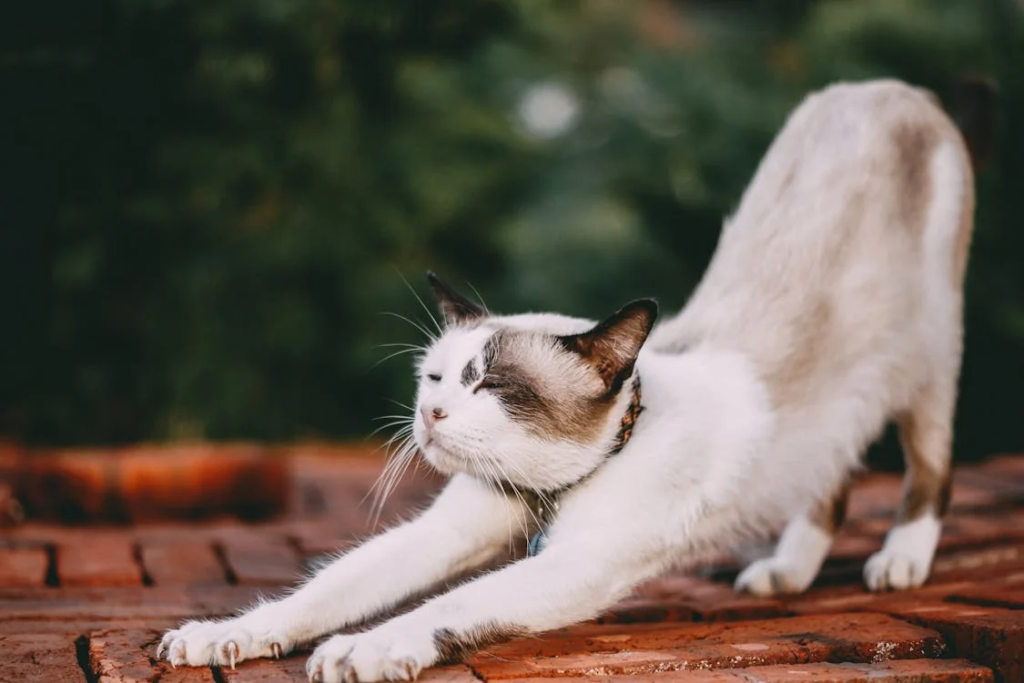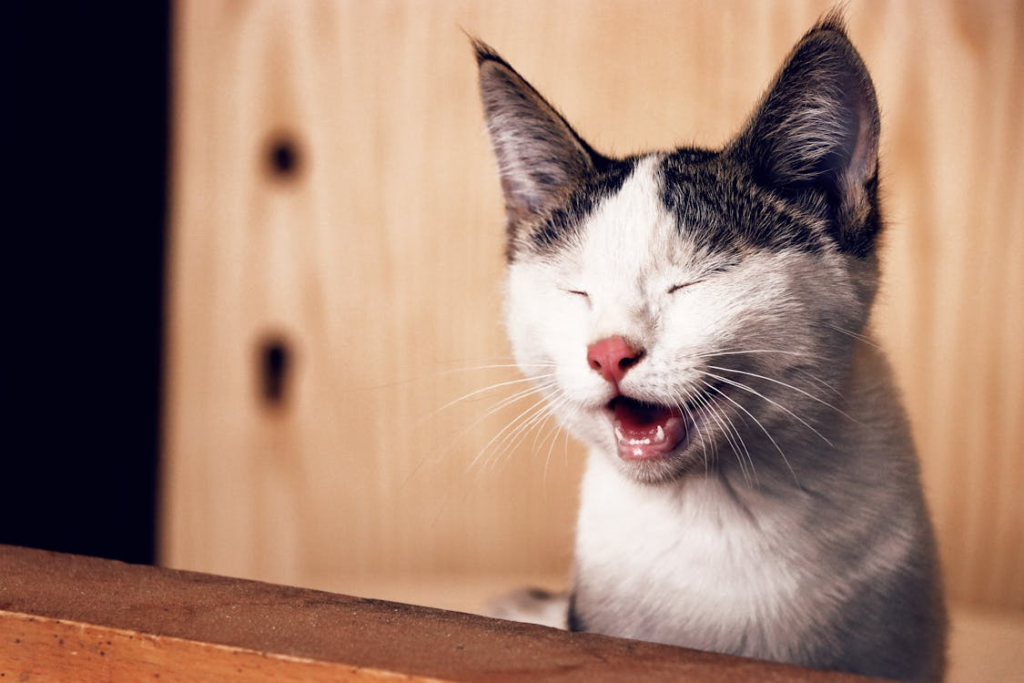Introduction:
Have you ever noticed your furry friend squinting or pawing at their eyes? It might be more than just a case of the sleepies. Cat eye diseases and infections are surprisingly common and can range from mild irritations to sight-threatening conditions. In this post, we’ll dive into the world of feline ocular health, exploring seven of the most common cat eye diseases and infections. We’ll also share tips on how to spot the signs early and what you can do to keep those beautiful kitty peepers healthy. So grab a cup of coffee, snuggle up with your feline friend, and let’s get started.
Conjunctivitis: The Pink Eye Predicament
Conjunctivitis, or “pink eye,” is one of the most common cat eye diseases and infections. It’s characterized by inflammation of the conjunctiva, the tissue that lines the eyelids and covers the white of the eye.
Symptoms to watch for:
- Redness and swelling around the eyes
- Excessive blinking or squinting
- Discharge (clear, yellow, or green)
- Pawing at the eyes
Did you know? Up to 30% of cats will experience conjunctivitis at some point in their lives!
Feline Herpesvirus: The Persistent Troublemaker
Feline herpesvirus (FHV-1) is a leading cause of eye infections in cats. Once a cat is infected, the virus can lie dormant and reactivate during times of stress.
Key points:
- Can cause severe conjunctivitis and corneal ulcers
- Often accompanied by upper respiratory symptoms
- May lead to chronic eye problems
Corneal Ulcers: The Painful Scratch
Corneal ulcers occur when the outer layer of the eye is damaged, often due to trauma or infection.
Watch out for:
- Squinting or holding the eye closed
- Excessive tearing
- Cloudy appearance of the eye
- Visible scratch or injury on the eye surface
Glaucoma: The Silent Thief of Sight
Glaucoma is a serious condition characterized by increased pressure within the eye. It can lead to blindness if left untreated.
Red flags:
- Enlarged or bulging eye
- Dilated pupil that doesn’t respond to light
- Cloudy cornea
- Vision loss
Scary stat: Up to 40% of cats with glaucoma may lose vision in the affected eye within the first year if not treated promptly!

Uveitis: The Internal Inflammation
Uveitis is inflammation of the uvea, the middle layer of the eye. It can be caused by various factors, including infections and autoimmune diseases.
Symptoms include:
- Constricted pupil
- Changes in eye color
- Cloudiness in the eye
- Squinting and light sensitivity
Cataracts: The Cloudy Culprit
Cataracts cause the lens of the eye to become cloudy, impairing vision. While more common in older cats, they can occur at any age.
Look for:
- A cloudy or opaque appearance in one or both eyes
- Changes in eye color
- Difficulty navigating familiar environments
Retinal Detachment: The Emergency Situation
Retinal detachment occurs when the retina separates from the back of the eye. This is a medical emergency that requires immediate attention.
Warning signs:
- Sudden vision loss
- Dilated pupils that don’t respond to light
- Bumping into objects
Now that we’ve covered the most common cat eye diseases and infections, you might be wondering how to keep your feline friend’s peepers in tip-top shape. Here are some proactive steps you can take:
- Regular vet check-ups: Annual exams can catch eye problems early.
- Keep the eyes clean: Gently wipe away any discharge with a damp, clean cloth.
- Vaccinations: Stay up-to-date on vaccinations, especially for feline herpesvirus.
- Reduce stress: A calm environment can help prevent stress-related flare-ups.
- Proper nutrition: A balanced diet supports overall health, including eye health.
Remember, if you notice any changes in your cat’s eyes or behavior, it’s always best to consult with your veterinarian. Early detection and treatment of cat eye diseases and infections can make a world of difference in preserving your kitty’s vision and quality of life.
Conclusion:
Cat eye diseases and infections might seem scary, but armed with knowledge, you’re well-equipped to spot the signs early and take action. By staying vigilant and providing proper care, you can help ensure your feline friend’s eyes remain as bright and beautiful as their personality. After all, those mesmerizing kitty gazes are one of the many reasons we fell in love with them in the first place, right? So, keep those eyes on your cat’s eyes, and here’s to many more years of loving eye contact with your furry companion!








